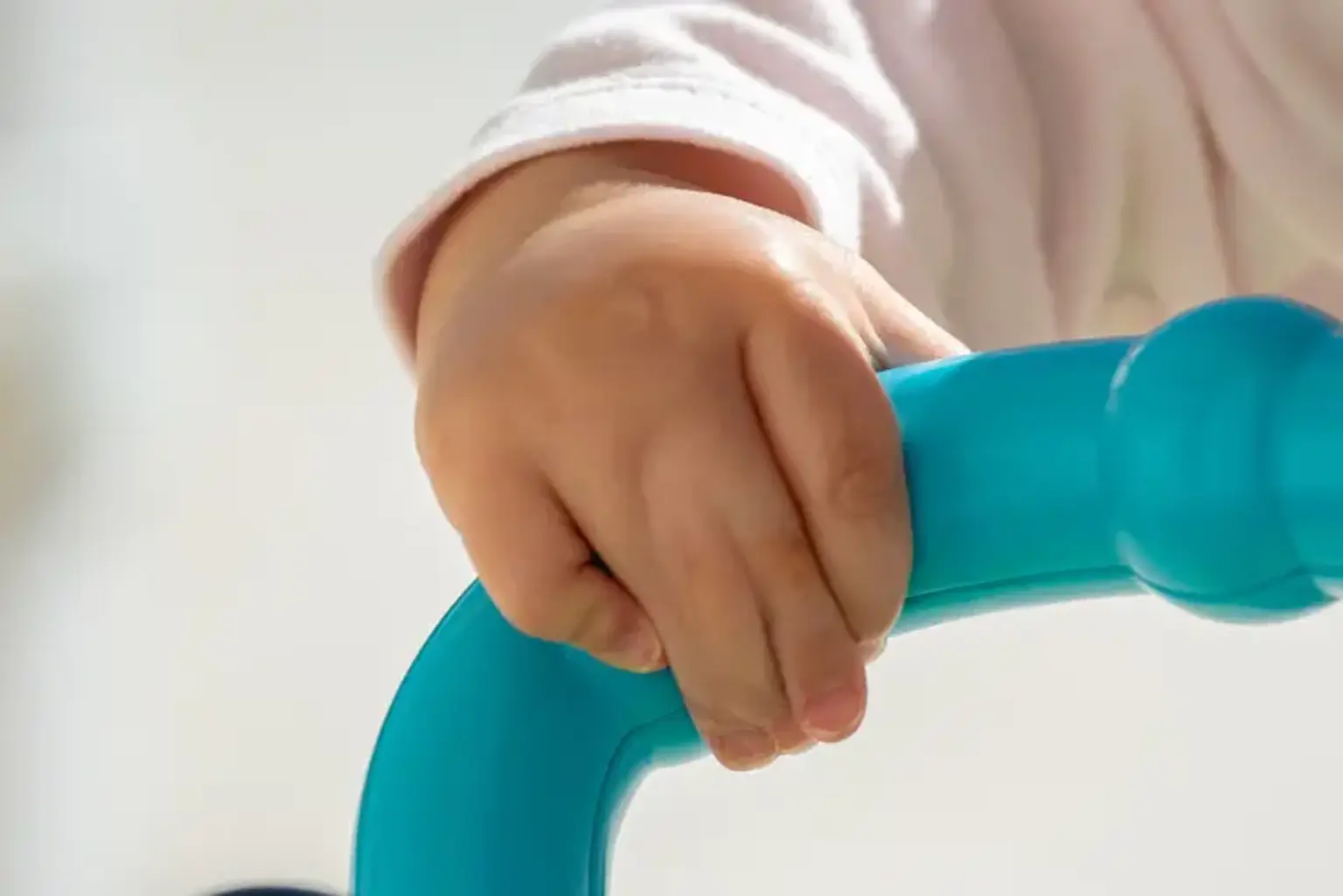Webbed Fingers and Toes (Syndactyly)
Overview
Syndactyly is a disorder in which children are born with fingers that are fused or webbed. Approximately half of all children with syndactyly have it in both hands (bilateral). Syndactyly typically affects the fingers. It occasionally affects the toes, although not as frequently.
While syndactyly can occur between any two or more fingers, it most commonly occurs between the middle and ring fingers. A stretch of skin that resembles webbing may join the fingers. In certain situations, the fused digits may resemble a single finger.
Syndactyly is a rather frequent condition. It affects around one in every 2000 infants. Boys are more likely to be affected than girls, and white children are more likely to be affected than Black or Asian babies.
